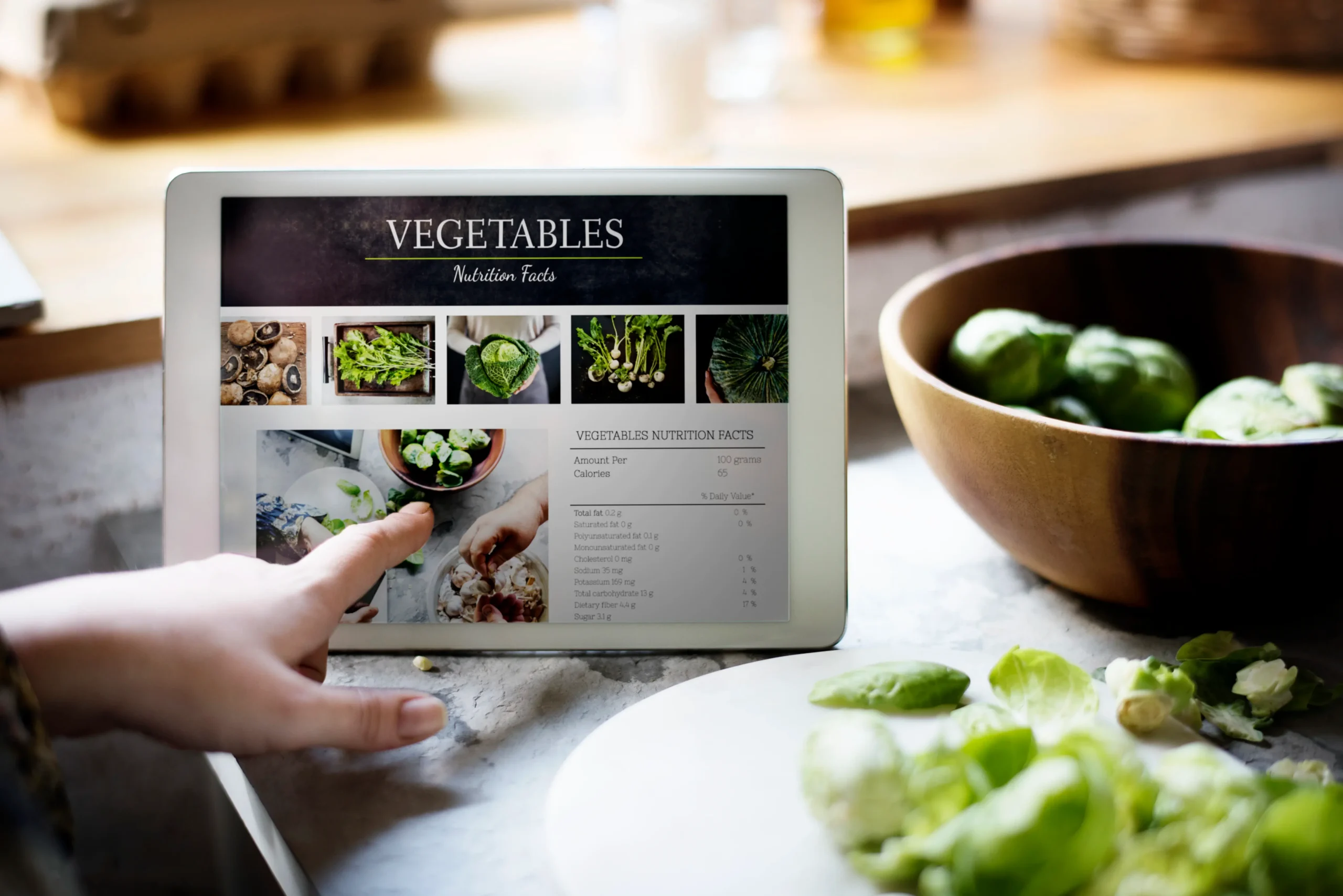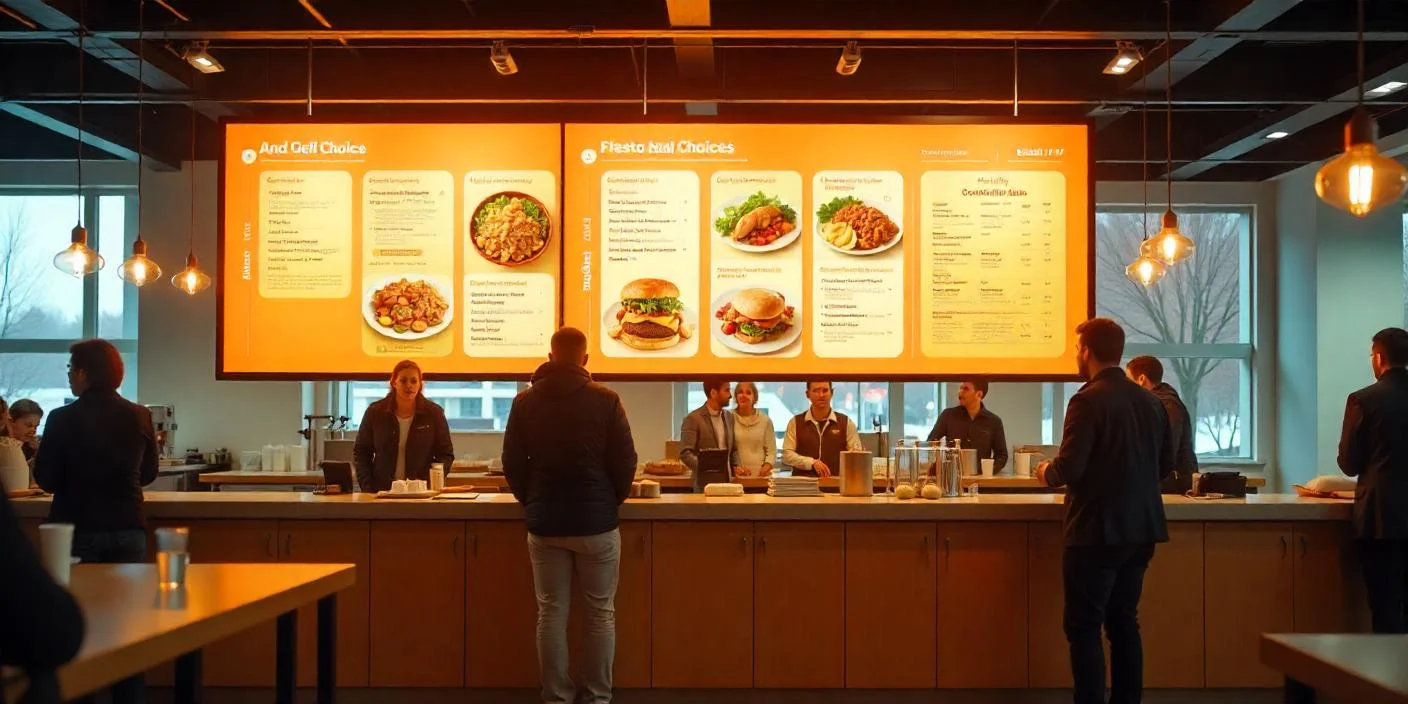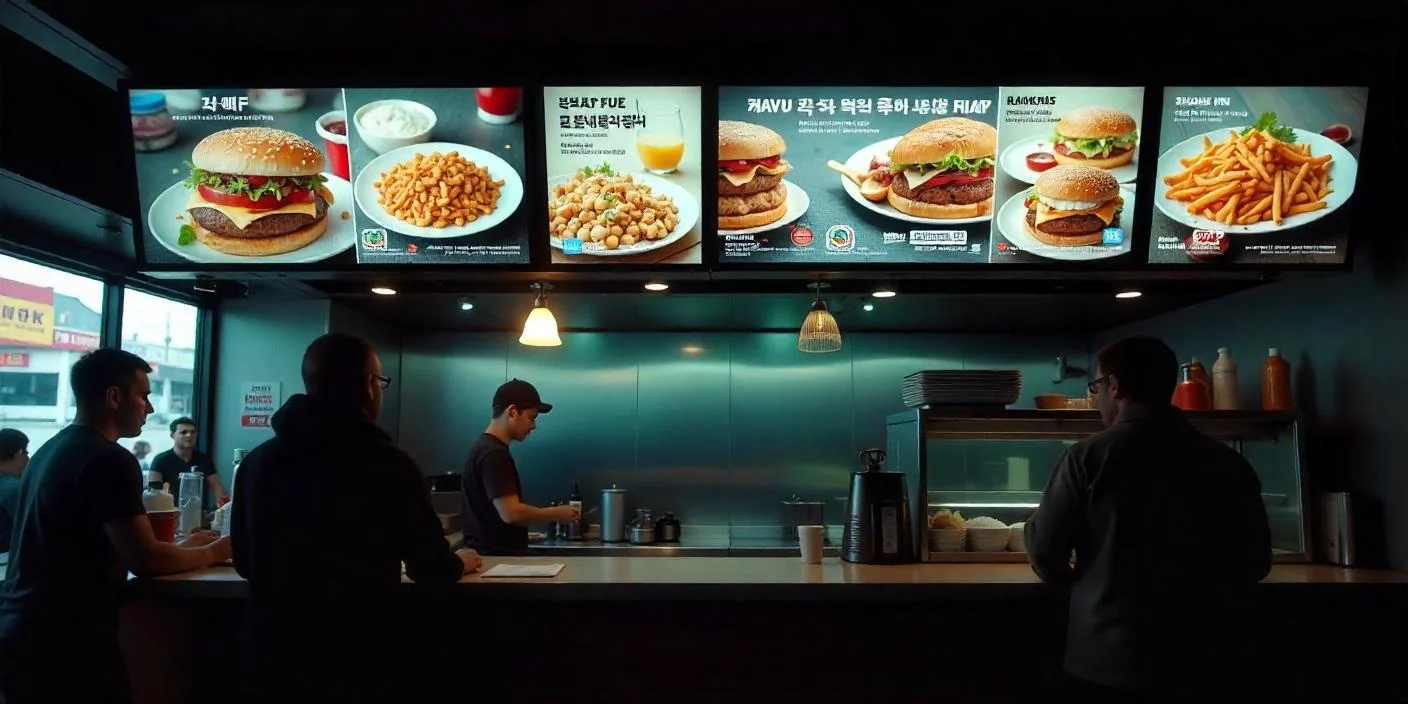The digital age has completely renovated static signage thanks to TV menu boards, which deliver engaging visuals alongside effortless content updates and interactive functionalities to customers. The selection of flat-screen TV menu boards together with LED TV menu boards and big-screen TV menu boards allows digital displays to display real-time menus and promotional content and announcements. Free TV menu board software alongside advanced restaurant TV menu board systems allows operators to eliminate printing expenses and deliver faster service while providing exciting content to their guests. This guide provides complete details on designing, deploying, and optimizing your digital TV menu board system to achieve immediate results.
Digital menu boards deliver two major benefits for a business, as they create a modern presentation while simultaneously offering speedier services, greater order value potential, and more manageable content creation. This guide provides all the information required to transform any TV into a revenue-generating display by explaining hardware choices and software solutions (including TV menu board software free tools), design guidelines, and performance tracking methods.
What Are TV Menu Boards?
Defining the Digital Display
The television screen operating as a TV menu board displays menu items and promotional content using LCD, LED, or large-format technology in an interactive format. Digital TV menu boards can display animations and video loops and enable instant content changes, which allow businesses to adapt their displays on the spot for supply needs and demand changes as well as special events.
Key Hardware Variants
- Flat Screen TV Menu Boards—Utilize standard LCD/LED displays, which work best for indoor settings due to their excellent clarity and color precision.
- LED TV Menu Boards— The improved brightness and contrast of LED TV menu boards allows them to function effectively in bright outdoor conditions at drive-thrus and open-air cafés.
- Big Screen TV Menu Boards— Sizes ranging from 55 to 75 inches function as prominent screen displays that help drive customers to view your food and drink offerings throughout dining areas and drive-throughs.
Restaurant-Specific Implementations
Restaurant TV menu boards receive their content directly from POS and inventory systems, which allow automated price changes and real-time availability information and prompts for upselling that stem from current stock conditions. The close system integration cuts down on manual errors while improving peak hour service speed.
Benefits of Using Digital TV Menu Boards
Dynamic & Eye-Catching Content
The combination of high-resolution pictures with video backgrounds and animated visual effects attracts viewers to specific high-profit items through captivating presentation methods. Your food visuals combined with moving time-limited promotions create an urge for customers to purchase your products while making them believe your food is more valuable.
Easy Updates & Real-Time Changes
Digital menu board software for TV enables instant price changes and menu swaps as well as promotional launches without any need for manual intervention or printing. The quick response capability of your system enables you to adapt to supply adjustments while experimenting with new products and message synchronization with daily menu items and festival events.
Cost Effective Over Time
The initial cost of installing digital menu screens ranges between $200 and $2,000 per unit, but businesses can achieve quick returns through the removal of printing expenses and worker labor. The combination of ink and paper cost savings with design fee reductions throughout months and years will pay back initial investment expenses, and the 5–10-year operational lifespan of devices optimizes value.
Enhanced Customer Experience
Display screens that offer vivid images help customers feel their wait is shortening and simplify their ordering process, which results in higher customer contentment levels and larger check amounts. The restaurant gains two-fold benefits from interactive features that both capture customer engagement and simplify the guest experience through touch-based nutrition information and QR code order placement.
Operational Efficiency
A single-click operation enables managers to distribute updates throughout all their locations through centralized control. Staff can dedicate their time to service delivery instead of menu management because scheduling tools execute dayparting operations automatically.
How to Make a TV Menu Board
1. Choose the Right Hardware
Business establishments should select commercial television or LED display units according to their space requirements, with café setups using 32″–43″ screens and drive-thru operations using 55″–75″ screens. The display needs a commercial warranty and a brightness rating above 500 nits when operating under strong ambient lighting conditions. The system requires a dependable media player, including Raspberry Pi, Amazon Fire Stick, or mini-PC, which ensures constant and smooth playback.
2. Pick Your Software
Consider free TV menu board software options that include Xibo, Screenly, and Nento’s entry-level plan because they provide basic scheduling and templating features. To access POS integration, advanced analytics, and interactive modules, you should choose paid digital menu board software for TV platforms such as Nento, Rise Vision, and Enplug. Closely study different trial versions to determine their user-friendliness features and support capabilities.
3. Design Engaging Content
Create attractive designs through Canva, Adobe Spark, or PowerPoint, which feature easy-to-read text displays, appetizing images, and delicate visual effects. The objective is to strike a perfect balance between visual appeal while ensuring legibility from far-away distances along with consistent branding elements spread across each slide that contains one essential message.
4. Deploy and Schedule
Add your content to the system by connecting it through USB or accessing your cloud dashboard before planning playlist sequences for breakfast, dinner, and lunch times and special occasions. Seasonal promotions should be automated to enable content updates without human touch during pumpkin spice fall and holiday winter periods. Review your schedule layout through preview mode to verify the whole process’s continuity.
5. Monitor and Iterate
Your digital signage player software allows you to check performance metrics, which include dwell time alongside error logs and engagement rates after deployment. Your company should test different slide layouts and determine content presentation periods through real-world performance measurement, which helps identify subpar content. Continuous improvement ensures dynamic content displays, which helps increase return on investment.
Top Digital Menu Board Software for TV
| Software | Type | Key Features |
| Nento | Free / Paid | Cloud-based,tive drag-and-drop editor, POS & mobile integrations |
| Screenly | Free / Paid | Raspberry Pi support, offline USB mode, remote management, playlist scheduling |
| Xibo | Source | Multi-screen support, advanced scheduling, template library, zero licensing fees |
| Rise Vision | Paid | Customizable templates, real-time analytics, interactive widgets |
| NoviSign | Paid | Rich media support, data feeds, touchscreen interactivity, audience analytics |
For budget-conscious operators, start with freeware software, then scale up to premium platforms as your needs evolve.
How to Optimize Your TV Menu Board
Uniform Asset Sizing
Your display will perform more efficiently when you normalize all image and video dimensions to its native resolution because this eliminates the need for manual cropping, which results in uniform presentation. A style guide containing specifications for fonts along with colors and logo placement positions must be maintained for maintaining brand consistency.
Content Rotation Strategy
High-margin items together with daily specials and promotional content should rotate in loops lasting between 15 and 30 seconds to keep viewers engaged without becoming overwhelmed. Analyze analytics to decide the best length for loops, then modify the schedules according to dwell time statistics.
Performance Monitoring
Build performance metrics monitoring using embedded analytic capabilities from your digital signage player application to follow content playback issues and track audience reactions and content audience reach. Your system should notify you about both offline screen issues and content errors so you can fix them before service interruptions affect customers.
A/B Testing
Perform tests with various design schemes and promotional wording and visual elements. Use performance metrics to determine winning designs, which you will deploy in all locations across your network.
Take Action Today
Your observation has proved that TV menu boards both enhance customer connections and optimize business processes. It is time to make your selection between flat-screen TV menu boards or LED TV menu boards, followed by the right software among free TV menu board software options and premium platforms to create compelling layouts. Your team should get the power to modify menus instantly while testing interactive elements so business sales improve. The time to replace static displays with digital TV menu boards has arrived, so you can immediately benefit from their advantages.
FAQs About TV Menu Boards
What’s the best TV size for a menu board?
Cafés: 32″–43″. Counter service or quick-serve: 43″–55″. Drive-thru: 55″–75″+. The best viewing experience occurs when the screen size matches the distance between the viewer and the display.
Can I use free TV menu board software?
Basic scheduling features together with templating and offline playback functions are available through Xibo, Screenly and Nento’s free software version.
How do I update my TV menu board remotely?
Cloud-based digital menu board software for TV provides users with a secure web dashboard through which they can make changes from any location and see those changes instantly applied across all linked screens.
Do I need an internet connection?
Only for cloud platforms. Content stored on USB drives will show offline, but users cannot benefit from real-time scheduling and remote management capabilities.
Can I display videos on my menu board?
Most TV menu board systems support dynamic content through MP4 video files and GIF animations as well as slideshow presentations.
What’s the difference between LCD and LED menu boards?
The flat screen LCD provides precise color reproduction inside, but LED screens deliver superior performance in bright or outdoor conditions.
How much does a digital TV menu board cost?
Hardware: $200–$2,000 per screen (commercial grade). The software offers basic free versions and premium feature packages starting at $10 per month while extending up to $100 per month.
Can I integrate my POS with the menu board?
The real time POS integration capability exists through paid platforms including NoviSign, Rise Vision and Nento which enable automatic price and availability updates.
How long do TV menu boards last?
Commercial displays have a lifespan of 5–10 years when used normally, but media players need replacement after 2–4 years.
Are digital menu boards worth it for small businesses?
The system delivers a positive ROI to all businesses regardless of their size while simultaneously reducing printing costs along with speeding up content updates and delivering better consumer satisfaction which in turn increases average order values.








